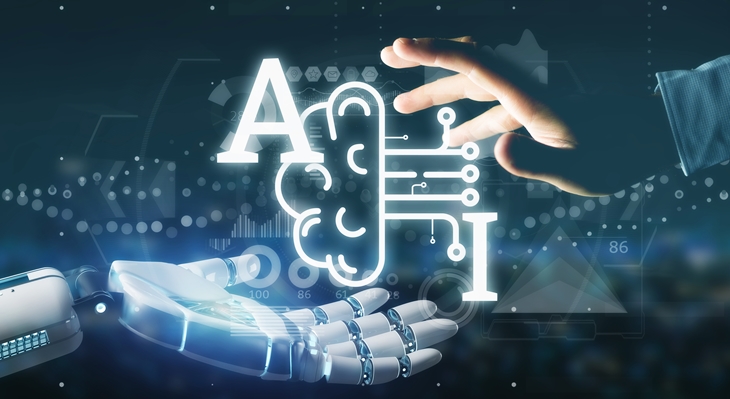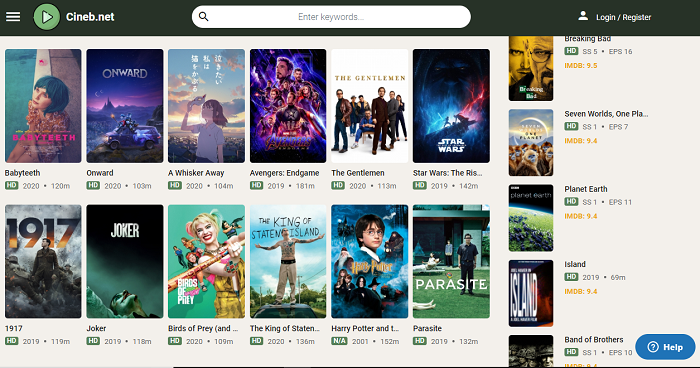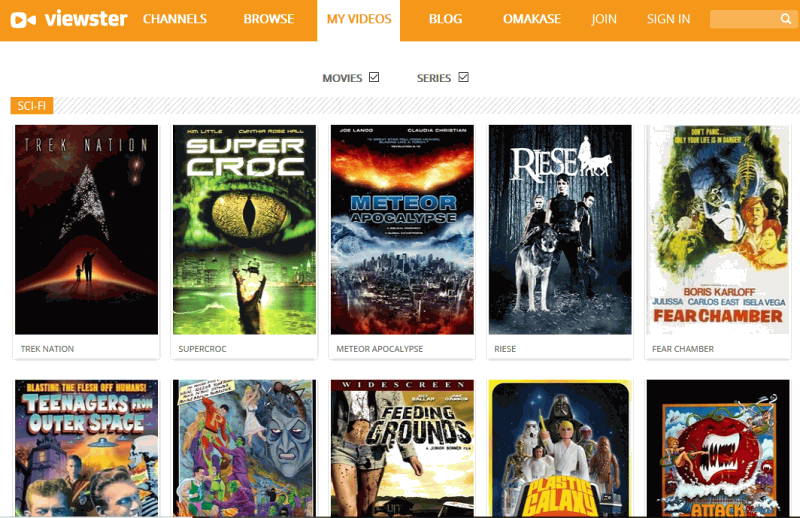Artificial Intelligence involves numerous technical terms and methods. Artificial Intelligence is generally mentioned with terms such as Machine Learning, Deep Learning, and Robotic Process Automation. Although they might sound similar, they are not the same. These technologies are inter-related and co-dependent, however, they are very different from each other. Here, you will get an overview of how Artificial Intelligence is different as compared to Robotic Process Automation.
Robotic Process Automation
Robotic Process Automation (RPA) deals with automating complex and iterative business processes with the help of technologies like Machine Learning and Artificial Intelligence. RPA software allows machines to mimic human actions in order to perform a set of steps using various tools like Automation Anywhere, UiPath, Blue Prism, and more. This technology is used to automate tasks and not end-to-end processes.
Artificial Intelligence
Artificial Intelligence (AI) is one of the most popular technologies that use Deep Learning, Machine Learning, and Natural Language Processing (NLP) to simulate human intelligence into machines and give them the ability to respond like a human in particular situations.
To learn in detail about AI, enroll in an online AI Course.
Difference between RPA and AI
People generally confuse RPA for AI and vice versa. To make it worse, many companies and vendors use terms like Intelligent Process Automation (IPA) or Intelligent Automation (IA) which makes it all the more confusing and daunting.
As per the IEEE Standards Association (IEEE SA) led by a panel of experts from diverse industries, RPA is a software robot that can act similarly to humans in performing various operations while AI helps machines to think, gain insights, and respond like human beings in certain situations.
Thinker vs Doer
Let’s begin with an example of automated accounts payable and receivable processes. Suppliers send invoices by mail that can be downloaded into a folder. You can extract significant information from those invoices and generate bills in your software with the help of RPA and AI.
In this case, RPA can be used to automate the process of retrieving emails and downloading the files in the respective folders, and create the necessary bills. Artificial Intelligence, on the other hand, is used to read the invoices intelligently and extract relevant data.
All the tasks in RPA have to be programmed which is why it is not possible to educate the robot regarding the exact place they need to extract the data from. Therefore, AI helps in intelligently deciphering the data like a human.
In simple terms, RPA is a doer while AI is a thinker. RPA strictly follows rules and flawlessly executes iterative processes whereas AI deals with a massive volume of data and gains insights from them by finding patterns.
Data-oriented vs Process-oriented
Another key difference between RPA and AI is that AI is completely data-driven while RPA is process-driven.
RPA focuses on automating redundant and rule-based operations that generally require interaction with numerous distinct IT systems. However, AI focuses on the quality of the data. It then chooses and trains suitable ML algorithms to recognize the patterns and take necessary actions.
In the above example, a number of good quality invoice samples are used to train the ML algorithms such that it can recognize the patterns and extract valuable information from them accordingly.
Combination of RPA and AI
Both RPA and AI are two of the most popular and widely-used tools. However, their combined use in the Business Process Automation is a force to reckon with. AI in integration with RPA accelerates the process of automation and develops an automation continuum.
Independent processes would draw out comprehensive responses and then transmits it to the RPA system to complete the process. This process is faster with the automation continuum.
The future of these technologies is growing rapidly as more organizations demand solutions that help in business productivity and efficiency while reducing the cost. These technologies will soon lead to complete automation in almost every business sector including finance, banking, insurance, and healthcare. Industries like telecommunication and digital marketing have already been automated completely.
AI integrated with RPA helps in analyzing, categorizing, and extracting unstructured data in order to make it functional and improve the result of complex RPA workflows. Meanwhile, RPA is an ideal technology in order to adapt the cognitive abilities. Organizations benefit a great deal using these two technologies in a single platform to automate the business processes.
Best Practices in Integrating RPA and AI
RPA and AI are used in numerous applications today. Some of the best practices that you can follow to get the most of the integrated technologies.
Focus on the Results
Like most upcoming and trending technologies, following a step-by-step process in these combined technologies without any future goal will not provide good results. You need to start by setting your goals.
You can achieve the desired outcomes by effective governance that allows the system to identify where the technologies can be deployed. Further, you can regularly monitor the result and determine the actual solution.
Treat Integrated Technologies like Digital Workforce
Another effective way of deploying these technologies is to see them as digital workers who have different sets of skills like human beings. Once you consider them as digital workers, the functional units in the organization treat the technologies as a person in the workspace which empowers them to complete more tasks in lesser time and with more efficiency.








Add Comment